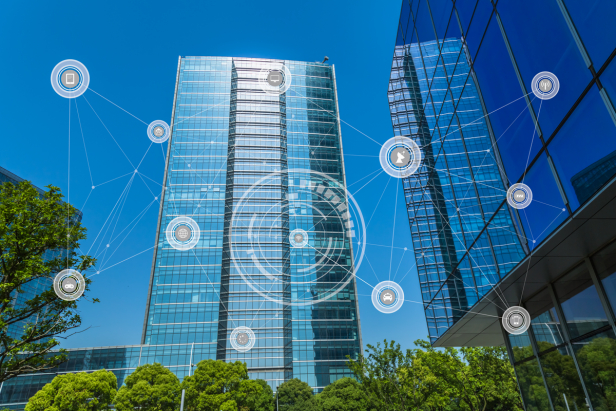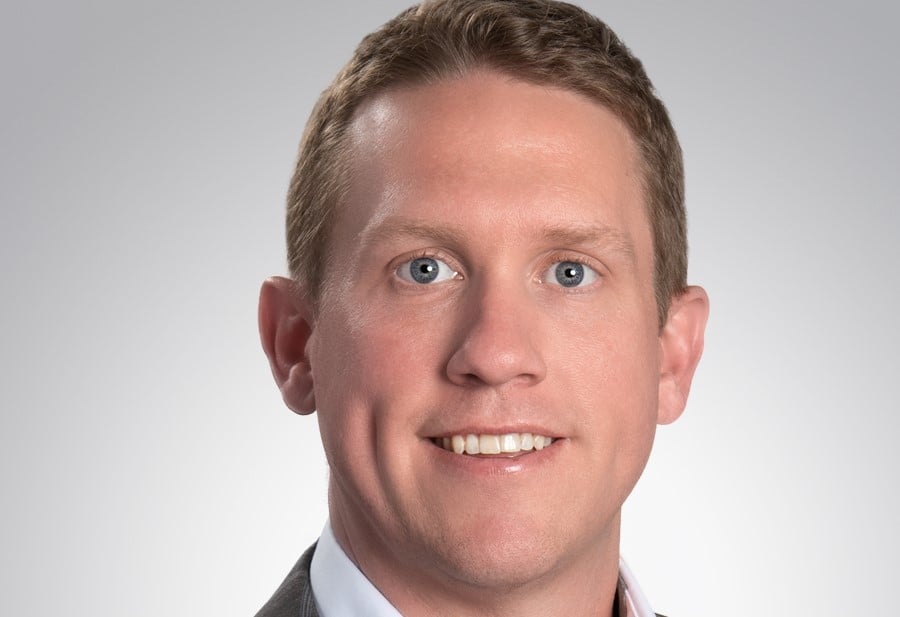A proptech player who launched a predictive analytics platform focused on office occupancy trends says employers need to "earn the commute" from hybrid workers by tailoring office space to enhance efficiency and employee satisfaction.
"Hybrid work is working in two places and getting the most out of both," Lendlease Digital CEO Bill Ruh told GlobeSt.com. "Employers need to find out if their offices are attractive (to hybrid workers) and whether they are set up for hybrid work."
"Employees want to make sure the commute is worthwhile and they're not just showing up to stare at a computer screen," he said.
Recommended For You
Lendlease Digital, the proptech arm of Sydney, Australia-based global real estate firm Lendlease, recently unveiled a predictive analytics platform that culls occupancy data from sensors, video, Wi-Fi and by scanning desktop programs like Outlook, among other sources, to discern the "persona" and behavioral patterns of hybrid workers.
The company's Podium Property Insights (PPI) platform, developed in partnership with Google Cloud and Accenture, is in use in a pilot program involving about a dozen office buildings worldwide.
According to Ruh, workers adapting to hybrid work strategies have multiple personas in terms of return-to-office behavioral patterns that are emerging as hybrid work becomes the new normal.
"What we're discovering is that personas are really different regarding who returns to the office and why they return to the office and what they use the office workplace for," Ruh said.
For example, he said, nearly a quarter of hybrid workers are what Lendlease Digital calls "event attenders" who show up for a day or two to attend office events, including luncheons. Some make cameo appearances, while others want to make the most of their visit to the office.
"Regular event attenders come in to the office and spend a lot of time there," Ruh said.
Ruh says PPI, which is aimed at employers and can collect and analyze data from multiple office sites, provides a much more accurate picture of the use of offices than badging, or entry-card swipes, which he said are only "80% accurate."
Although the PPI software, which visualizes the heat signatures of people congregating on different office floors, can be customized by office tenants to focus on specific data, it isn't designed to monitor individual employees for workplace attendance or productivity, Ruh said.
"This isn't a security guard product and it isn't about surveillance. The companies already have the data and they know who's coming in to work," he told GlobeSt.com.
"This is about using that data to rethink your original space, make it more efficient, make it more productive and more attractive to workers," Ruh said. "It's about getting the cost profile right and the employee usage right. You have to have both of those things in balance."
Regarding office footprints, Ruh said that some companies may discover they have too much of "the wrong kind of office space."
"If you adjust your footprint to be more productive, you're going to take costs down," Ruh said. "You'll also keep employees happier if they enjoy coming in to this new hybrid work environment."
"It's not about just getting rid of space, it's about having space that's tailored to employees with a new set of needs in a hybrid environment," he added.
© Touchpoint Markets, All Rights Reserved. Request academic re-use from www.copyright.com. All other uses, submit a request to [email protected]. For more inforrmation visit Asset & Logo Licensing.






